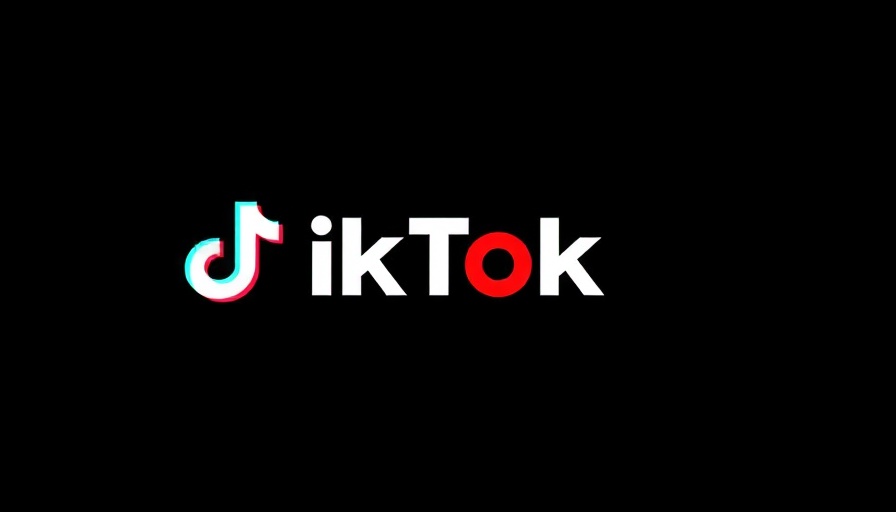
TikTok's New Business Review Feature: What Parents Should Know
TikTok is making headlines again, this time by introducing a feature that allows users to see reviews for businesses directly within the app. This update affects location-tagged videos, meaning that your child's next food recommendation or local hangout could come with a set of user reviews, enhancing their overall experience. But as a parent, it’s not just the reviews that are worth your attention; it’s also what this means for your child’s online safety and shopping habits.
Understanding TikTok’s Shift Towards Local Discovery
Recent changes at TikTok are aligning it more closely with local business discovery, an area where Google has long been dominant. As reported, nearly 40% of young people now prefer TikTok or Instagram when searching for a dining spot over traditional platforms like Google. This trend points to a fundamental shift in how the younger generation seeks information and shares their experiences.
Implications of Expanded In-App Reviews
This business review feature, showcased in user comment sections, brings both opportunities and challenges. On one hand, it enables users to quickly access genuine feedback about businesses, enriching their decision-making process. However, it also raises questions about the quality and reliability of the reviews, especially when children might encounter inappropriate or misleading content. Parents should be vigilant and encourage critical thinking about online reviews.
How This Affects Your Child’s Social Media Interactions
With the integration of user reviews, TikTok is not just another social media app; it's becoming a vital tool for social interactions. Kids often use platforms like TikTok to connect with peers and share experiences. As they share their own reviews and seek input from others, it brings attention to their social circles and online reputation. Parents should discuss the implications of online engagement and outline the importance of responsible social media use.
The Broader Implications for In-App Shopping
Interestingly, TikTok is also doubling down on in-app shopping, where it is starting to mirror the revenue model of its Chinese counterpart. This directly affects how young users might be influenced to make purchases based on peer reviews or trending products. Parents should prepare for the fact that TikTok shopping could enter their household sooner than expected, and it’s crucial to set guidelines on how kids should approach spending money online.
Steps Parents Can Take To Ensure Safe Engagement
As TikTok evolves, it becomes pivotal for parents to stay informed and engaged in their children’s digital activities. Here are a few steps to take:
- Discuss Online Reviews: Teach your kids to assess the credibility of online reviews critically.
- Monitor Their Social Activity: Regularly check your child’s TikTok interactions to ensure they engage positively.
- Implement Parental Controls: Utilize TikTok’s parental control settings to help manage who your kids can interact with and what content they can see.
By taking these steps, parents can ensure their children navigate social media landscapes like TikTok with good judgment and a safer environment.
Conclusion: Staying Ahead In the Digital Landscape
As TikTok makes strides in integrating user-driven content through business reviews, parents have a crucial role to play. Using this update as an opportunity to have discussions about online interactions, peer influence, and responsible digital engagement is essential. Equip your children with the tools they need to navigate these changes thoughtfully. Encourage them to think critically, and be mindful of their spending as TikTok pivots towards e-commerce strategies.
 Add Row
Add Row  Add
Add 




Write A Comment